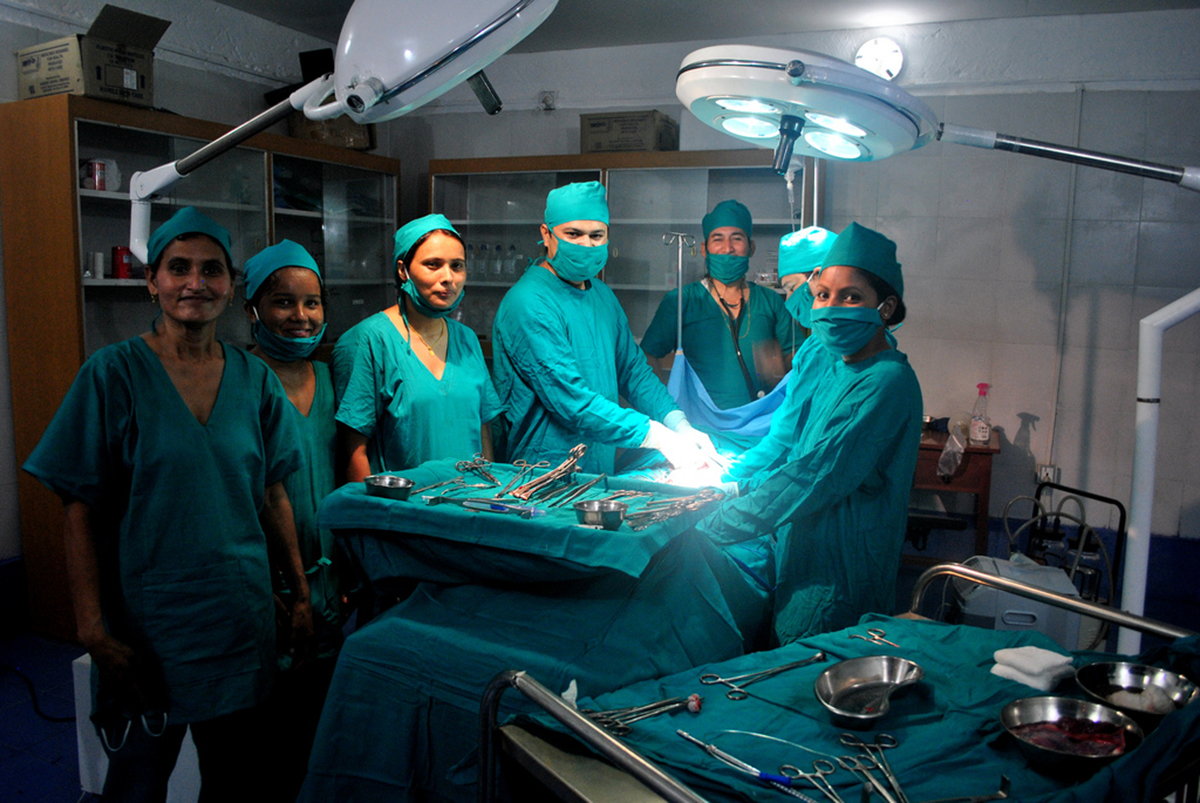Table of Contents
Treatment Options for Removal of Hairball
The only way the hairball can be removed, is by various surgical techniques. If the hairball is fairly small, an enzyme can be used to dissolve parts of the hairball and it can then be removed by endoscope. Another surgical technique that is appropriate is by removing the hairball through a laparoscopy, which involves a small incision and scopes used to remove the object.

Who Is At Risk?
It is known that females are more likely to develop trichophagia than males, though it is not understood why. Even though researchers know that trichophagia is a neurological or psychiatric disorder, studies have not identified absolutely what the underlying cause is. However, there have been a number of theories put out there, and the most common theory is that it is caused by an event or trauma that occurred in childhood.
Other theories include the possibility of a genetic factor in developing trichophagia. For those who have a parent with an obsessive compulsive disorder, there may be a genetic link, as the compulsion to pull and eat one’s own hair is in itself an obsessive compulsive disorder. The other most common theory is related to learned behavior, meaning that the child has learned the behavior by watching someone else, therefore imitating.
Treating Trichophagia
The first step in treatment is to take care of any associated medical issues such as anemia, and then surgically remove any hairballs that may be present. Then, like other psychiatric disorders, an evaluation is done to determine if there is an underlying psychiatric illness. Unfortunately, because a large component of trichophagia is related to behavior, it takes more than a medicine to treat it. Patients will typically be prescribed an anti-depressant medication, particularly where there is some evidence of an underlying illness or a historical event such as in the case of post-traumatic stress disorder. Then, treatment focuses on psychotherapy. Sessions with a psychologist or other such therapist are necessary to get to the bottom of why the trichophagia is occurring and how to overcome the compulsive behavior. Because trichophagia most commonly begins in childhood and adolescence, with early treatment, the disorder can generally become well controlled.
READ Ways Pets Make You Healthier
Conclusion
Trichophagia or Rapunzel Syndrome is very rare, and most people wouldn’t even know it existed, let alone be able to identify the symptoms. This is why it often gets to the point where a hairball is developed, as the behavior goes undetected for a period of time, sometimes even years. However, it is a serious condition, and if you suspect that you may have trichophagia, or someone you know may have it, you do need to seek medical attention and advice as soon as possible. It is much better to get help before the development of the hairball, so that treatment is less invasive.
The good news is that once the trichophagia has been identified, and treatment has been initiated, the prognosis is excellent. Most patients will learn to manage their symptoms and compulsive behavior, and go on to live a perfectly normal life.
- www.healthguideinfo.com/other-eating-disorders/p84136/
- digestion.ygoy.com/2011/08/21/what-is-rapunzel-syndrome/
- Photo courtesy of sjdunphy: www.flickr.com/photos/sjdunphy/8117203851/
- Photo courtesy of nyayahealth: www.flickr.com/photos/nyayahealth/9197273929/
- Photo courtesy of sjdunphy: www.flickr.com/photos/sjdunphy/8117203851/


Your thoughts on this